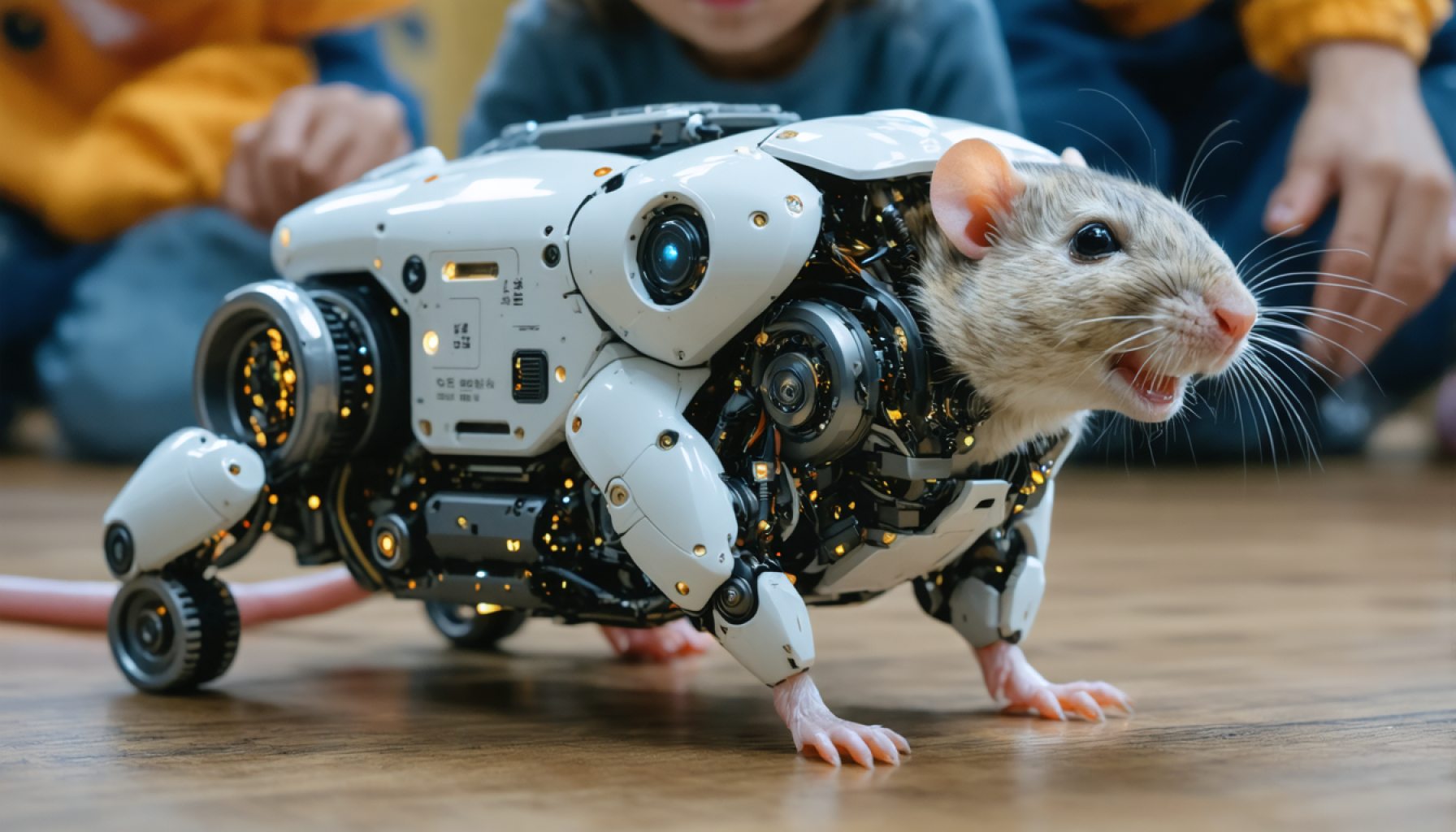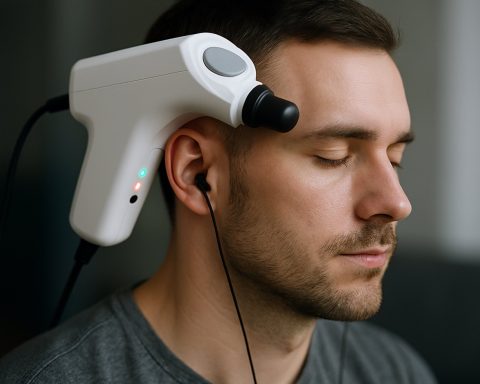- Rat Fight, a robotics team in Madison County, drives technological innovation among students.
- Founded by David Brothers from Berea College, the team combines youthful ambition with academic expertise.
- Supported by Berea College professor Scott Heggen and high school teacher Rita Payne, the team emphasizes collaboration and teamwork.
- Rat Fight participates in the FIRST Robotics Competitions, showcasing impressive performances despite their novice status.
- The team’s workshops serve as a hub for aspiring tech enthusiasts, fostering creativity and precision.
- Rat Fight’s mission highlights community empowerment through STEM education and the transformation of curiosity into capability.
- More than robots, Rat Fight illustrates the power of providing young dreamers the tools to turn ideas into reality.
Nestled in the heart of Madison County, a dynamic robotics team, audaciously named Rat Fight, sparks a technological renaissance among young minds. Founded by the driven David Brothers, a junior at Berea College, this team breathes life into innovation and collaboration. Supported by the expertise of Berea College professor Scott Heggen and the guidance of high school teacher Rita Payne, Rat Fight fuses academic ingenuity with youthful ambition.
Imagine whirring gears and the hum of electronic exultation as students dive into the world of robotics. Under the careful mentorship of Berea College’s finest, these budding engineers learn not only to build and program robots but also to weave the delicate fabric of teamwork. It’s a harmonious symphony of creativity and precision that unfolds at Rat Fight’s workshops, which have grown to become a beacon for aspiring tech enthusiasts.
The team’s prowess shines at the FIRST Robotics Competitions, where Rat Fight consistently delivers performances that defy their novice status. Each event sees these young innovators tackle challenges with aplomb, proving that determination and guidance can shape even the most unseasoned into formidable competitors.
The beating heart of Rat Fight is its community-driven ethos. By empowering students with STEM skills and encouraging collaborative spirit, the program transforms curiosity into capability. It is a tale of transformation—not just engineered within robotic frames but within each student, sculpting new paths in the world of science and technology.
Rat Fight is not only about robots; it’s a testament to what happens when young dreamers are given the tools to turn vision into reality, emphasizing a profound truth: the future belongs to those who build it.
The Rise of “Rat Fight”: Transforming Young Minds Through Robotics
How-To Steps & Life Hacks for Aspiring Robotics Teams
Starting a high-impact robotics team like “Rat Fight” involves several key steps:
1. Assemble a Dedicated Team: Start by gathering a mix of students, mentors, and volunteers who are passionate about technology and education.
2. Secure Funding and Resources: Seek sponsorship from local businesses, apply for grants, and organize fundraising activities to support costs for equipment, travel, and registration fees.
3. Leverage Educational Partnerships: Collaborate with local schools and educational institutions, just as Rat Fight partners with Berea College, to access resources, including mentorship from professors and technical guidance from experts.
4. Participate in Competitions: Join well-known competitions such as FIRST Robotics Competitions to provide students with real-world challenges that enhance problem-solving and teamwork skills.
5. Focus on STEM Education: Implement a curriculum that emphasizes STEM (Science, Technology, Engineering, Mathematics) principles, ensuring all members benefit from a comprehensive learning experience.
Real-World Use Cases
Robotics teams often lead to significant opportunities for students, including:
– Career Paths: Many alumni of robotics programs pursue careers in engineering, computer science, and technology sectors.
– Innovation and Startups: Students often use their experience to start their own tech ventures or contribute to innovations within established companies.
– Community Engagement: Teams like Rat Fight foster a sense of community, drawing attention to STEM and inspiring younger generations.
Market Forecasts & Industry Trends
– Growing Demand for STEM Education: As technology continues to shape our world, the demand for skilled professionals in STEM fields is expected to grow. According to the U.S. Bureau of Labor Statistics, occupations in STEM are projected to grow over 8% by 2029, faster than the average for all occupations.
– Robotics Industry Expansion: The global robotics market is expected to reach $189.36 billion by 2027, driven by advancements in artificial intelligence, machine learning, and the integration with IoT.
Reviews & Comparisons
– FIRST Robotics Competitions: Often praised for their challenging yet educational formats, these competitions are renowned for encouraging innovation and teamwork, providing a well-rounded experience for young engineers.
Controversies & Limitations
– Resource Availability: Access to adequate resources can be a limitation for many teams, emphasizing the importance of strategic partnerships and funding.
– Diversity and Inclusion: Some programs struggle to attract a diverse group of participants, highlighting the need for inclusive outreach strategies.
Security & Sustainability
– Data Security in Robotics: As teams like Rat Fight work with sensitive data and advanced technologies, implementing strong cybersecurity practices is crucial.
– Sustainable Practices: Encouraging eco-friendly solutions in robotics projects can help foster a culture of sustainability among the youth.
Insights & Predictions
– Future of Robotics in Education: Integration of robotics into school curriculums will likely become more prevalent, expanding beyond extracurricular activities to everyday learning environments.
– Technological Advancements: Future competitions and projects may increasingly incorporate AI and machine learning, offering even more complex challenges and learning opportunities.
Pros & Cons Overview
Pros:
– Enhances problem-solving skills and creativity.
– Prepares students for future STEM careers.
– Encourages teamwork and leadership.
Cons:
– Requires significant time and resource commitment.
– Can be costly without adequate funding support.
Conclusion
For those inspired by Rat Fight, starting or joining a robotics team can be a transformative experience. By focusing on collaboration, resourcefulness, and innovation, teams can not only excel in competitions but also contribute to a brighter technological future.
Quick Tips:
– Start small and scale with experience.
– Build a strong network of supporters and mentors.
– Embrace failure as a stepping stone to learning.
For more insights on robotics education and competitions, visit the FIRST Robotics page.












